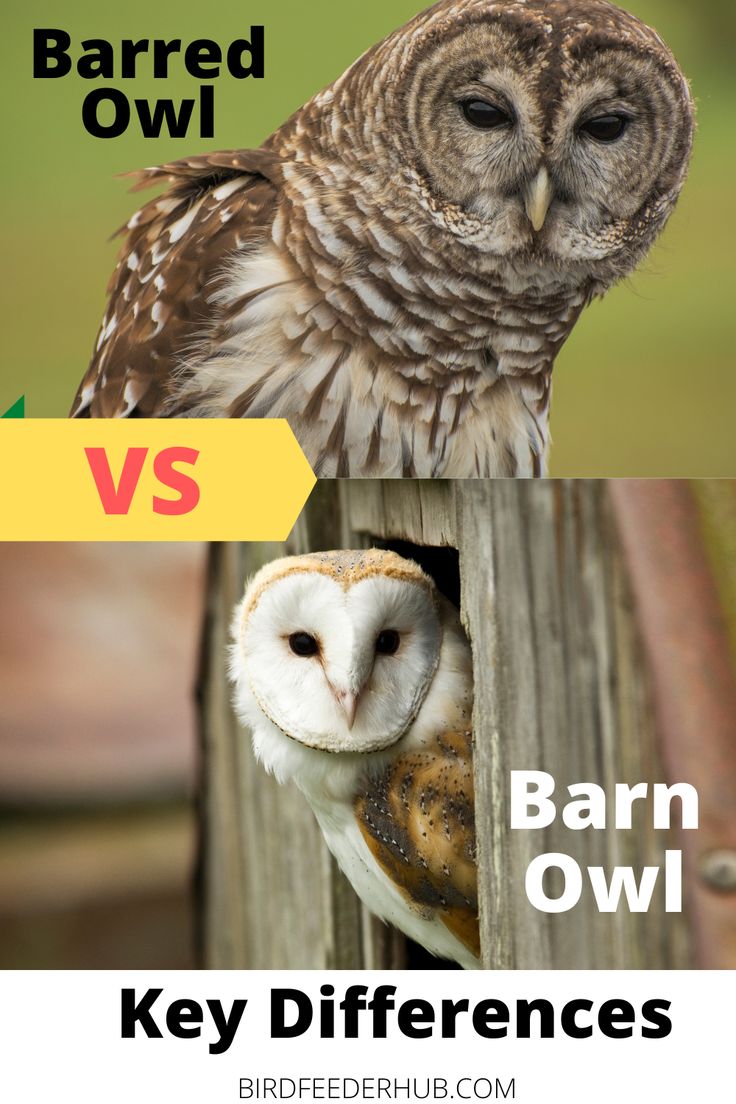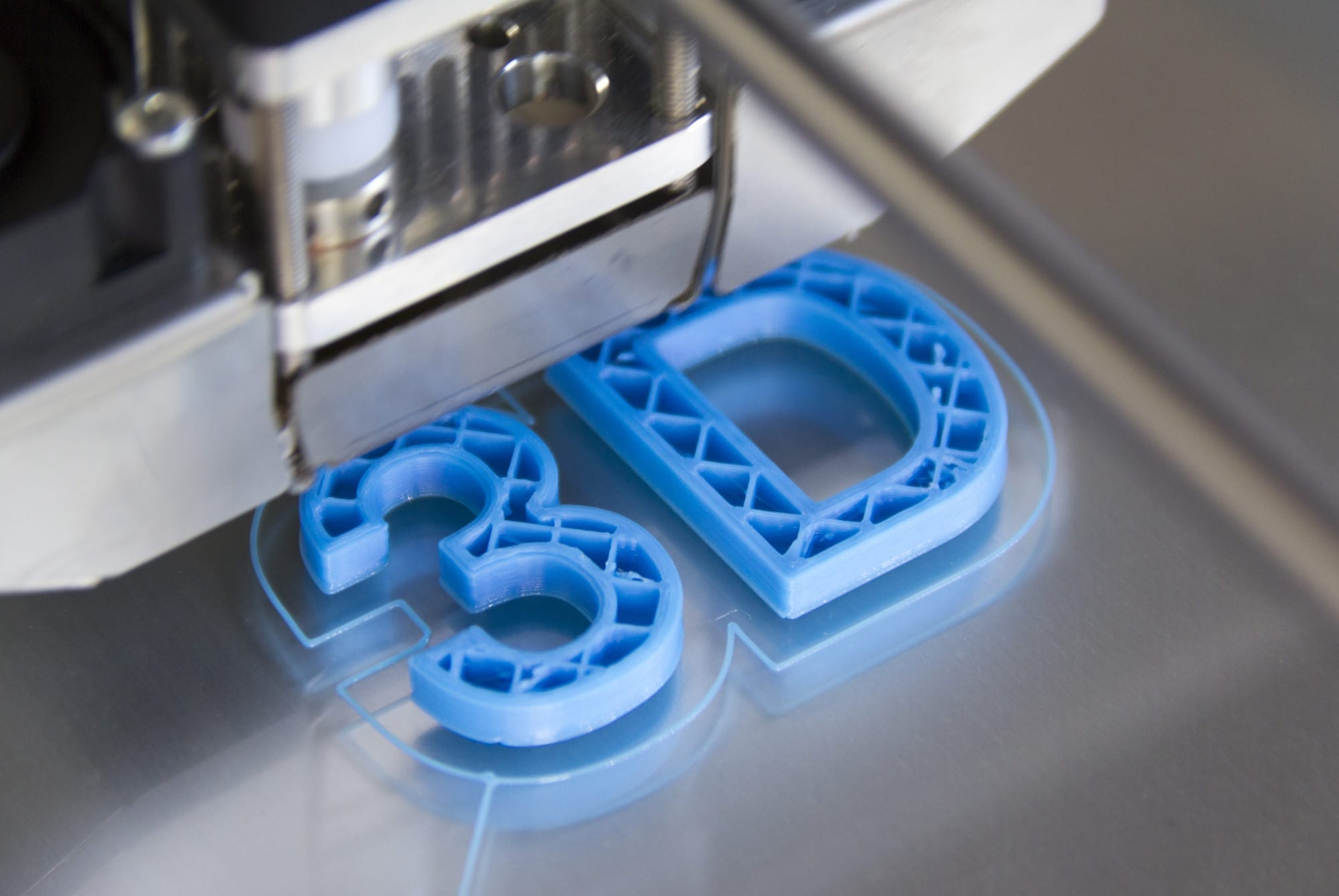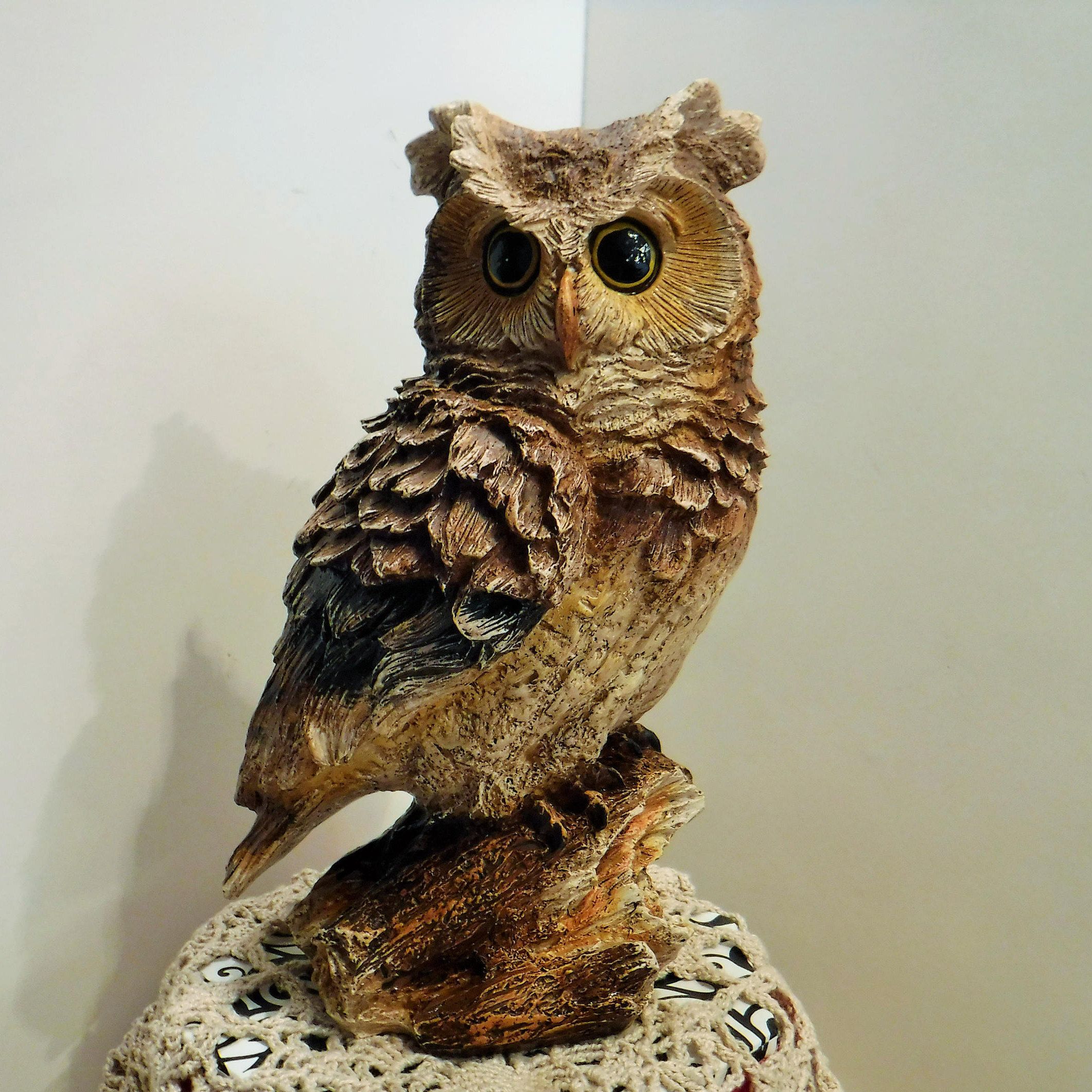The world of owls is a captivating realm, teeming with nocturnal predators exquisitely adapted to their environments. Two species, the Eagle Owl and the Barn Owl, stand out as archetypes of avian hunting prowess, yet diverge significantly in their morphology, behavior, and ecological niches. Understanding these differences illuminates the fascinating diversity within the owl family and provides a glimpse into the evolutionary pressures that have sculpted these remarkable creatures. Prepare to have your perceptions of these enigmatic birds reshaped.
 Amanda Graves
Amanda Graves
The Barred Owl: A Closer Look at this Vocal Bird
The Barred Owl, Strix varia, often elicits a peculiar fascination. It’s not merely their striking appearance, with soulful dark eyes embedded within a dish-like facial disc, or their generously barred plumage that captures attention. There’s something more profound, a connection fostered perhaps by their accessibility, both auditory and visual, in a landscape increasingly dominated by human presence. They allow us a window into the wild, a glimpse of untamed nature coexisting, sometimes uneasily, alongside our own constructed world.
The Ghostly Barn Owl: 10 Interesting Facts You Never Knew
Have you ever glimpsed a pale, spectral figure flitting across a moonlit field and wondered what ethereal creature you witnessed? It might have been the ghostly Barn Owl (Tyto alba), a bird steeped in folklore and possessing a captivating array of unique attributes. These nocturnal raptors are far more fascinating than their common moniker suggests. This exploration unveils ten intriguing facets of their existence, revealing the astonishing biology and behaviors that define this ubiquitous, yet often unseen, avian marvel.
How Snowy Owl Adaptations Help Them Conquer the Arctic
The snowy owl, Bubo scandiacus, a denizen of the high Arctic, evokes a unique fascination. Its striking white plumage against the stark, snow-covered landscape is immediately captivating. However, this aesthetic appeal belies a suite of profound adaptations that enable it to not merely survive, but thrive in one of the planet’s most challenging biomes. The owl’s mastery of its environment stems from a fascinating interplay of morphological, physiological, and behavioral traits.
From Parliament to Congress: A Deep Dive into Owl Group Names
The world of parliamentary procedure and legislative bodies is rife with specialized terminology, arcane traditions, and occasionally, unexpectedly whimsical naming conventions. While the term “Owl Group” might not immediately spring to mind when discussing the intricacies of governance, understanding these less-formal groupings offers a fascinating glimpse into the dynamics and internal workings of legislative assemblies, from the hallowed halls of Parliament to the bustling chambers of Congress.
The Real Advantages of Being a Night Owl: A Scientific Look
Are you a creature of the nocturne? Do the wee hours beckon when others slumber? If so, you might be more than just a night owl; you could be tapping into a wellspring of cognitive and creative advantages. The societal narrative often paints night owls as unproductive or even unhealthy, but a closer look at the scientific literature reveals a far more nuanced and, dare we say, advantageous reality. Prepare to have your preconceptions challenged as we delve into the real benefits of nocturnal existence.
Training a Great Horned Owl to Hunt: The Forbidden Art Explained
The notion of training a Great Horned Owl, Bubo virginianus, to hunt is, for most, relegated to the realm of fantasy. These apex predators, icons of nocturnal prowess, appear to operate solely on instinct, their actions governed by a complex interplay of inherited behaviors honed over millennia. Yet, beneath the veneer of untamed wildness lies a surprising capacity for learned behavior, albeit one that treads a precarious ethical and legal tightrope. This exploration delves into the ‘forbidden art’ of guiding a Great Horned Owl’s hunting instincts, dissecting the challenges, techniques, and profound moral considerations that surround such an endeavor. Prepare to recalibrate your understanding of avian intelligence and the limits of human intervention in the natural world.
Chicago PD’s “A Night Owl” Episode: A Full Recap and Analysis
Chicago PD’s “A Night Owl” episode plunges viewers into the murky depths of nocturnal crime, offering a captivating glimpse into the challenges faced by the Intelligence Unit. It’s an episode that resonates, not just because of the intricate case, but also because it touches on something intrinsically human: our fascination with the darkness, both literal and metaphorical. The shadows hold secrets, and “A Night Owl” expertly weaves a narrative where those secrets threaten to consume everything.
The Art of Italian Alabaster: The Story Behind Your Vintage Owl Statue
Italian alabaster, a mineralogical whisper from the earth, has captivated artisans and collectors for millennia. More than just stone, it’s a translucent canvas, imbued with the potential to capture light and shadow in a breathtaking dance. The story of your vintage owl statue is intrinsically linked to this remarkable material, its inherent qualities elevating a simple decorative piece to a veritable objet d’art.
Barn Owl Adaptations: The Secrets Behind Their Silent Flight
Barn owls, Tyto alba, are enigmatic creatures of the night. Their ghostly visage and silent flight have captivated observers for centuries. This nocturnal raptor, found on every continent except Antarctica, possesses a suite of extraordinary adaptations that allow it to thrive in diverse environments. The secrets to their silent flight, unparalleled hearing, and specialized hunting strategies lie in their unique morphology and physiology.









